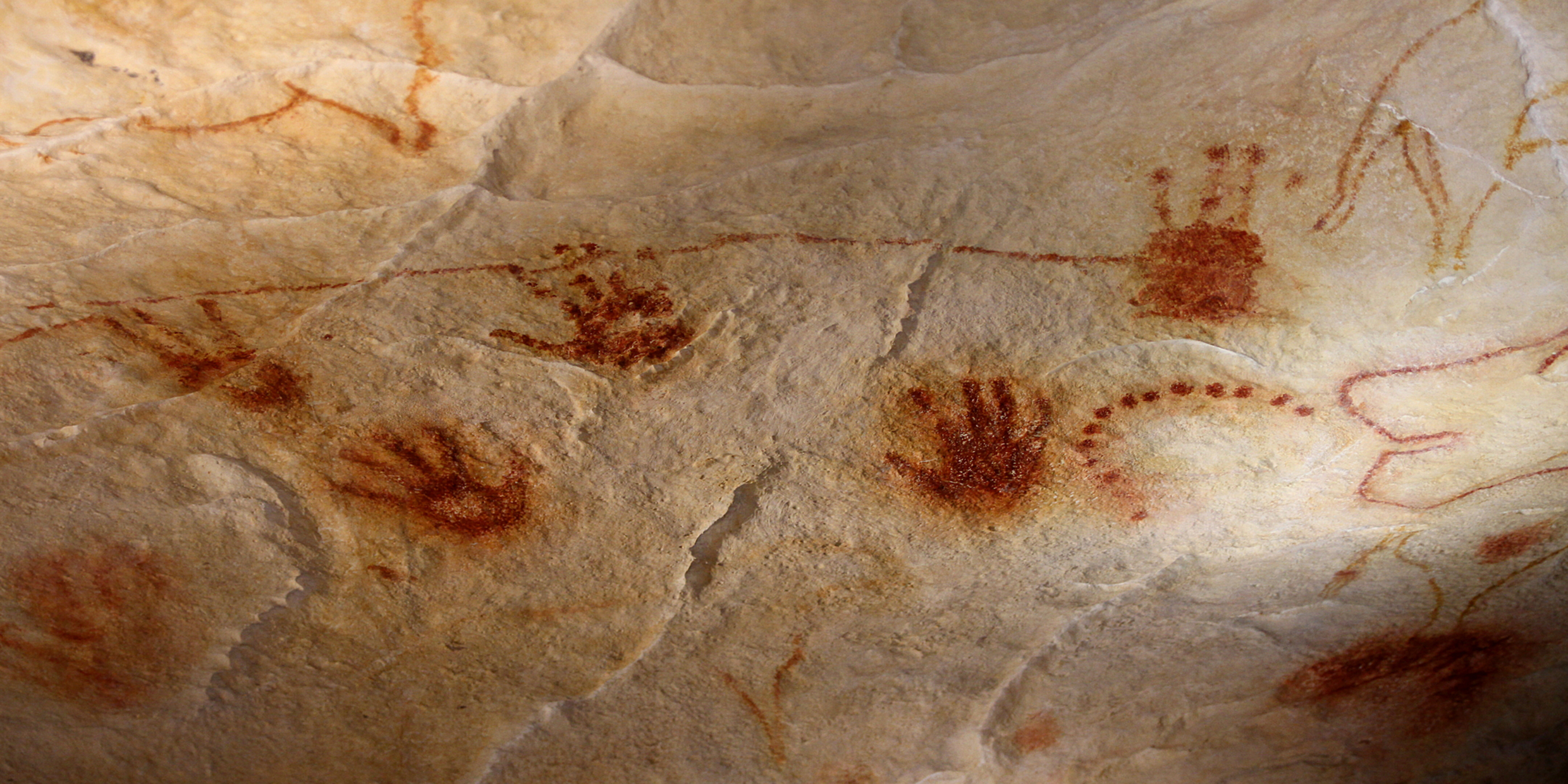Originally published 6 February 1995
Itsy bitsy spider went up the water spout, down came the rain and washed the spider out…
This little piggie went to market, this little piggie stayed home, this little piggie…
Fingers and toes.
Yeah, I know. It’s our brain that defines our humanity — that gray stuff locked out of sight in the strongbox of the skull. But it’s with our fingers and toes that we begin our lives. Tugging. Sucking. Wriggling.
Making rhymes.
In fact, it may have been our fingers and toes that made our brains what they are. Stroking. Grooming. Gesturing. Pointing. Holding tools. Hurling weapons. All activities provoking bigger, more versatile brains.
Before we were Homo sapiens we were Homo digitatis. Before we made looms and potter’s wheels, we made cat’s cradles. Before we invented geometry and algebra and calculus, we counted on our toes. Before we made harpsichords and flutes and tambourines, we put blades of grass between our fingers and blew.
Our hands and feet reach out to the world. They are emissaries to reality; a stubbed toe is the surest way of escaping the prison of introspection. OK, our brains define our humanity, but it’s our fingers and toes that make us artists and athletes and dancers and carpenters.
Two recent news stories about fingers and toes:
The first concerns the famous Laetoli footprints.
In 1977, anthropologist Mary Leakey and her co-workers discovered a double track of human-like footprints in 3.5 million-year-old volcanic ash at Laetoli in Africa. The prints are beautifully preserved. The lengths of stride indicate heights of about 4 feet and 4 feet 8 inches, possibly a female and a male.
The form of the feet is the same as our own: a raised arch, pronounced ball, rounded heel, and forward-pointing big toe necessary for walking erect. We know very little about the creatures who made the prints, and nothing at all of the dim thoughts that passed through their minds. But the prints speak volumes — more than do the few fragments of bone unearthed from those distant times. They speak of life, movement, direction, purpose.
The footprints were measured and photographed by Leakey’s team. Casts were made in plaster and latex. Then this important historical site was re-buried under several feet of dirt and stone.
Now it seems the prints are threatened by the roots of acacia trees. A conservation effort is under way, including killing the trees and surgically extracting roots that have penetrated the footprints. Some experts believe the entire 75-foot-long trackway should be lifted from the earth and placed in a museum.
The second story will be familiar to most readers. A treasure trove of prehistoric art has been discovered in a cavern near the town of Vallon-Pont-d’Arc in southern France. The cave contains multiple images of horses, bison, bears and rhinos, in red, ocher and black pigments. Also included are first-ever images of a panther and an owl. These exquisite drawings appear to date from around 20,000 years ago. They open a new window on the mind and culture of our Cro-Magnon ancestors.
The animal images are accompanied by stenciled hands. Lots of hands.
Some anthropologists say the hands are a mystery, but I think not. Show me a kid who has not traced her hand with chalk or crayon. Show me a Hollywood star who has not eagerly pressed his palms into wet cement outside Grauman’s Chinese Theater.
The animal drawings at Vallon-Pont-d’Arc are similar to those at other caves in southern France and Spain. There is nothing about them that suggests personal styles. The images of horses, bison, rhinos, and bears probably had something to do with religion or the magic of the hunt. Collective things. Congregational things.
But the stenciled hands. The hands suggest warm flesh pressed against cold stone. Impulse. Spontaneity. Individualism. The hands are not abstract works of mind; they are projections of the body. Like footprints in ash, they are signatures of Homo digitatis.
Already, efforts are under way to preserve the animal drawings and stenciled hands from deterioration. The cave is closed to the public, and it may remain so. Until the climate inside has been stabilized, access is limited even for scientists.
Fingers and toes. Computers may one day equal human intelligence in rational thought, but the light that turns on in a child’s mind with “Itsy bitsy spider” or “This little piggie” is viscerally human in a way that programmed thought will never be — mind in tactile contact with the world.
That’s why the Laetoli footprints and the Vallon-Pont-d’Arc stenciled hands deserve our dedicated efforts of conservation. Like the finger and toe rhymes of infants, they are precious tokens of our becoming human.



